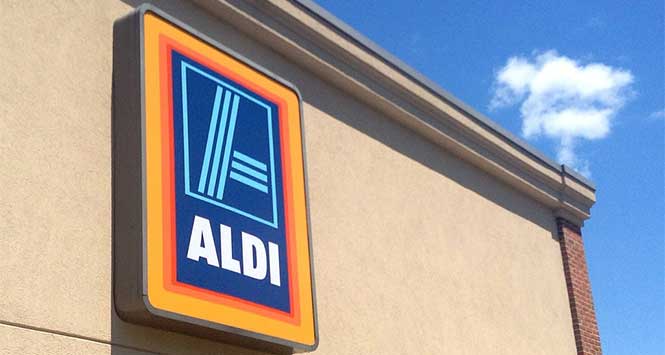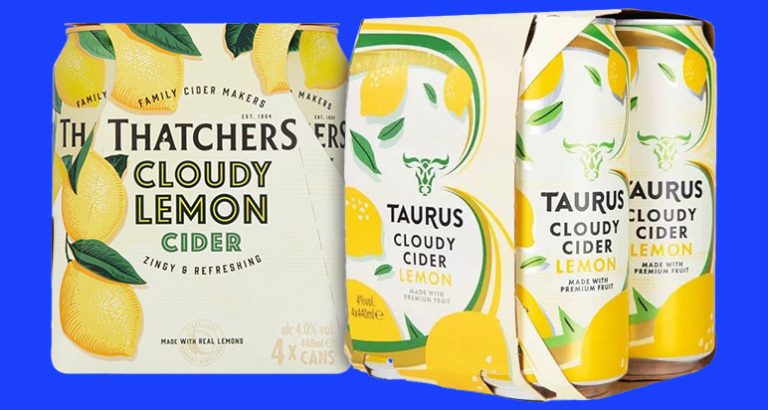A shopper survey has found that loyalty to food and grocery brands is tumbling as they are “less relevant than 10 years ago” with discounters the main beneficiaries.
New research among 1,000 shoppers from retail and shopper marketing agency Savvy has revealed key insights about the rapidly evolving grocery retail landscape and in particular how shoppers view discount and value retailers.
Key findings:
Discounters are now the mass market
- Aldi and Lidl are no longer challengers sitting on the side lines. During the past three months 55% of shoppers have visited an Aldi, while 53% walked through the door at Lidl.
- Value has universal appeal with 56% of affluent ABs visiting Aldi during a three-month period.
- 42% of UK shoppers prefer the shopping experience at retailers like Aldi and Lidl compared to larger supermarkets
- A staggering 75% of 18 to 25-year-olds have visited Aldi during the past three months. The emerging generation of shoppers don’t see these retailers as the ‘new kids on the block’ or even as discounters.
- They see them as supermarkets that sell quality products at competitive prices.
- 60% of UK shoppers say they would like it if Aldi and Lidl opened a store closer to their home.
- 76% of all shoppers believe that Aldi and Lidl sell quality food and drink and 67% believe Aldi and Lidl’s own label products are as good as leading brands.
- 67% of shoppers say that retailers like Aldi and Lidl are convenient to shop, while 58% say they enjoy the shopping experience at these retailers.
Implications for retailers
- The Big Four have made good progress in bringing their prices down and restoring competitiveness, however with 69% of UK shoppers saying that retailers like Aldi and Lidl are the best value food and grocery retailers, there’s further work to be done here.
- Savvy expects the Big Four will raise quality standards further and step up the pace of innovation to drive differentiation of product and try to win back the loyalty of shoppers.
- Retailers will need to up their game in convenience. Tesco and Sainsbury’s may have evolved the convenience store market through their respective Express and Local formats, however large superstores are not convenient to shop: ranges are vast and can be overwhelming and while retailers think in terms of categories, shoppers do not. The onus is on the big retailers to make life easier for shoppers, to inspire them with great ideas and great products – not only for events but for every day occasions.
Implications for brands
- Shoppers’ perceptions of brands are changing. Over two-thirds (70%) of UK shoppers say they are less loyal to brands than they were 10 years ago, while 66% think brands are less relevant than they were 10 years ago. 62% of shoppers say they typically buy own brand products over branded alternatives. Drill into the attitudes of younger shoppers and the findings paint a bleaker picture for brand owners.
Alastair Lockhart, Insight Director at Savvy, said: “No one is in any doubt that the market is undergoing a period of substantial structural change. The Big Four retailers have all significantly altered their course over recent years and brands have felt the impact on a number of levels, from rationalisation of ranges, increasing own label participation and pressure to keep a lid on price inflation.
“What is clear from our research is that the period of change is far from over. Perceptions of retailers and brands differ greatly between older shoppers and younger shoppers. Younger shoppers have not been conditioned to think of many brands in the same way as previous generations did and as such they don’t have such a strong sense of loyalty to brands. This is of crucial importance because in only a few years they will represent the majority retail spending on food and grocery. This demographic reality suggests that brands need to prepare themselves for further changes for many years to come.
“As discounters become larger and the Big Four continue to rationalise ranges and increase their focus on own label, we expect life will become significantly more difficult for some brands. Brands can no longer rely on their heritage of the past. A new breed of younger shoppers will only seek out and pay for brands that offer something distinctive, have a brand story that really resonates and are able to evolve.”





